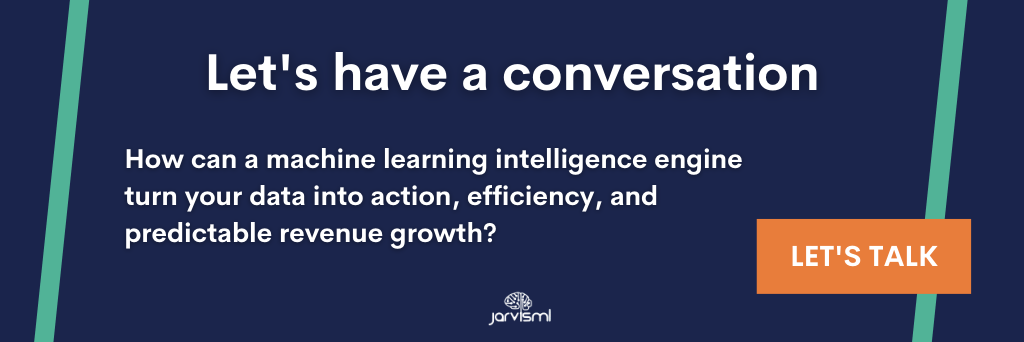Amazon’s Recommendation Execution
Amazon has generated quite an addictive business for its customers for many compelling reasons. They have the economies of scale, technical talent, and innovation to continue expanding and offering products and services up and down the value chain.
Focusing on one of these compelling consumer-attracting superpowers… Amazon has built a machine learning recommendation engine that deeply understands user behavior, preferences, and patterns. The ML models employed within Amazon are responsible for generating the personalized, dynamic experience we all uniquely have on the amazon.com web store.
To take that to the logical next step, with deep knowledge of its shoppers and their behaviors, Amazon is able to transform a site visit into a purchase and a purchase into a multi-item cart checkout. They’ve mastered the “Frequently Purchased Together” and “Recommended for You” optimization points along the customer buying journey.
And one step further, the follow up emails for upsells, reminders, and recommendations are very tightly targeted and timed – a big part of driving incremental revenue and repeat transactions.
The business has built a sales engine that can drive itself.
And the results show: between a third to a half of the site engagement and sales transactions can be attributed to their recommendation engine.*
The three core types of relationships that Amazon’s ML engine uses to build their models are:
- User to product
- Product to product
- User to user
By having clear lines between the users and products, the system has a way to take in new data and follow those paths to start making predictions about behavior.
The broad categories of data that Amazon uses – amongst likely a ton of additional data they have access to – are the following:
- User behavior data – what they do online
- User demographics data – context about the person
- Product attribute data – all information about product SKUs
This article digs deeper into some additional specifics for their methodology.
The reality is that as consumers, we may not need as many items as Amazon makes available for us – but rarely are we disappointed with the relevance and utility of those purchases. Well, I speak for myself in that case. The point is that the recommendations and predictions done by Amazon’s machine learning algorithms are accurate.
Unbundling Amazon
How can we unbundle Amazon’s strong execution on optimized eCommerce execution? Our very own Evan Dolgow from the Jarvis ML team partnered with Sourcify to post an article discussing the Amazon trend and trying to pull apart the reality that we face with the eCom giant.
I’m here to promote that article, which you can check out here: Unbundling Amazon: Scaling with Machine Learning.
Hopefully you answer his first quiz-question correctly!
If you’re curious to learn how Jarvis ML is enabling other eCommerce companies with the same powerful machine learning engine that Amazon uses – feel free to contact our team to schedule a discussion.






